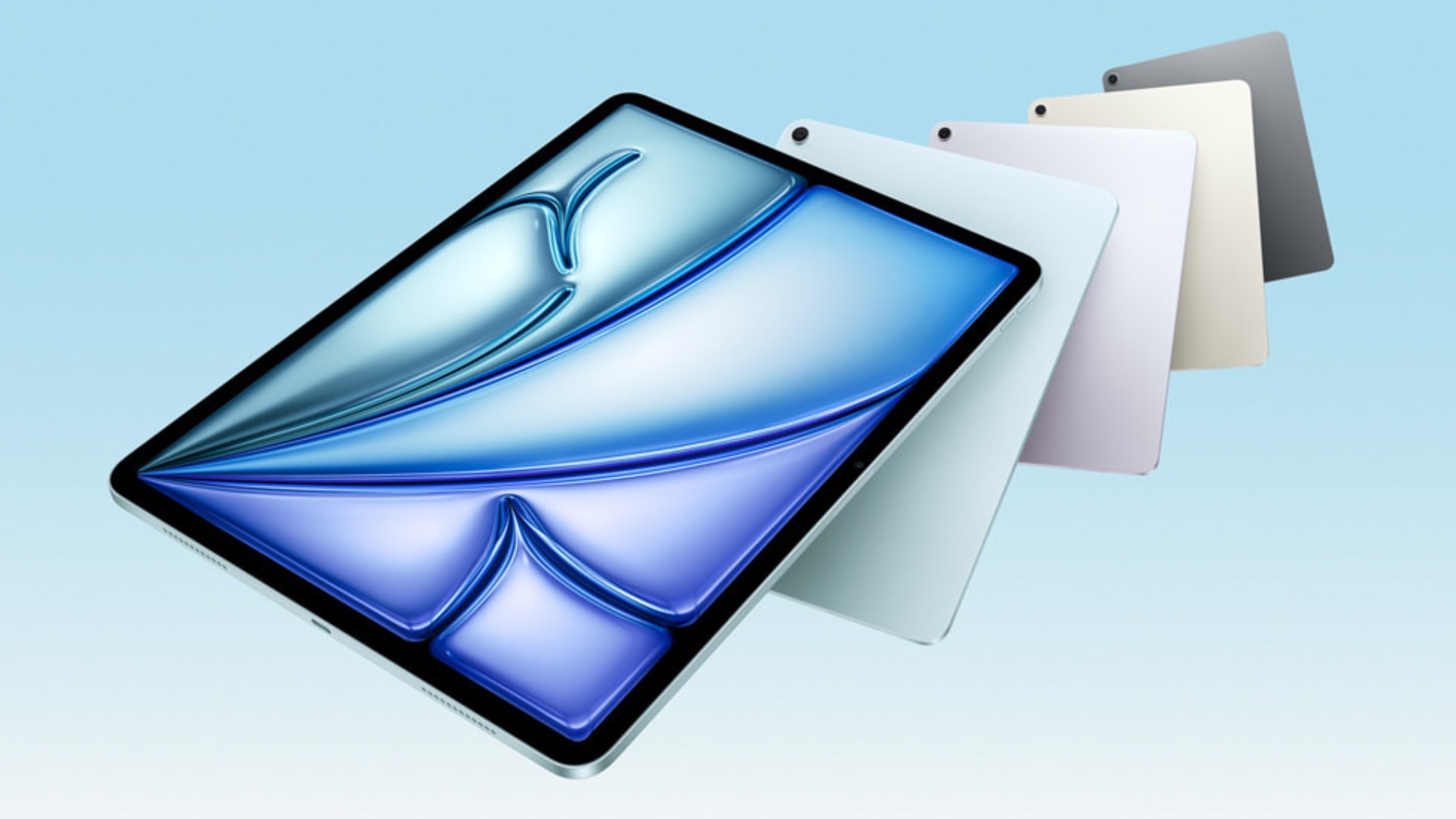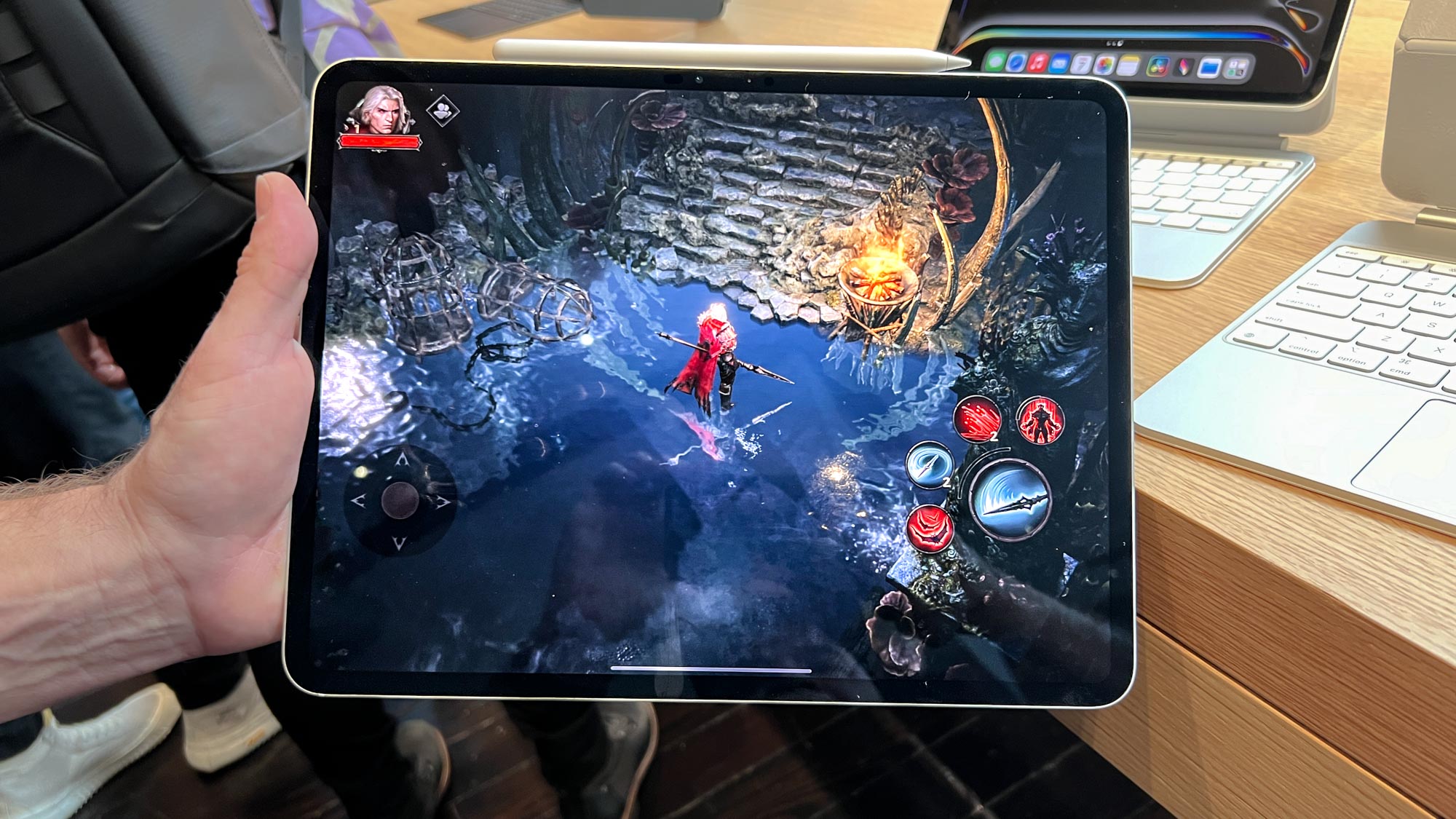iPad Air M3 benchmarks are in — great results but it's still no Pro
In the Air tonight

The first set of iPad Air M3 benchmarks have arrived, and they show a tablet that’s a big improvement over the last generation, but still behind the fastest tablet Apple sells.
This isn’t exactly a surprise, and something Apple is quite upfront about. The new iPad Air, despite rumors it might pack Apple’s latest M4 chip, arrived with the M3 on board this week. As the 2024 iPad Pro runs M4, it was always going to be faster.
Nonetheless, we now have a good idea of how much faster. The Geekbench website currently has 16 listings for the new M3-packed iPad Air, with the highest results clocking in at 3,099 for single-core and 11,815 for multi-core. The lowest scores are 2,988 and 11,342 respectively, so not a great deal of variance there.
By contrast, the site lists average scores of the M2 iPad Air at 2,583 and 9,787 respectively, which suggests that Apple’s estimates of 20% more speed are pretty much on target (it’s only 15% for the two lower figures above, but these are anomalous scores compared to the others).
By contrast, the M4-powered iPad Pro registers average scores of 3,634 and 14,407 — so around 20% faster again.
Worth an extra $400?

While it’s undoubtedly faster, I’m dubious most people would notice the difference in everyday tablet tasks. And given the iPad Air M3 starts at $400 less than the $999 iPad Pro M4, to me the iPad Air remains the obvious choice for most people.
But as I wrote in my iPad Air M3 vs iPad Pro M4 comparison, the pricier tablet does have one big advantage that would make me think twice, were I in the market for a new iPad.
Sign up to get the BEST of Tom's Guide direct to your inbox.
Get instant access to breaking news, the hottest reviews, great deals and helpful tips.
Given the iPad Air M3 starts at $400 less than the $999 iPad Pro M4, to me the iPad Air remains the obvious choice for most people.
It’s all down to the screen technology. While the tablets may look similar at a glance, with the same 11- and 13-inch size choices and thin bezels, the 2024 iPad Pro packs an OLED panel with a 120Hz ProMotion display.
By contrast, the iPad Air still uses an LCD Liquid Retina display, capped at 60Hz. That’s a big drawback.
Whether that’s worth an extra $400 is a subjective choice that’ll vary from person to person. But for now, this is the decision Apple tablet buyers have on the table, as Bloomberg’s Mark Gurman says we won’t see a refresh of the iPad Pro until the M5 chipset is ready.
While he believes that’s will appear in MacBooks first, the analyst Ming-Chi Kuo thinks an M5 iPad Pro could beat it to the punch, with a launch in the second half of this year.
More from Tom's Guide
Freelance contributor Alan has been writing about tech for over a decade, covering phones, drones and everything in between. Previously Deputy Editor of tech site Alphr, his words are found all over the web and in the occasional magazine too. When not weighing up the pros and cons of the latest smartwatch, you'll probably find him tackling his ever-growing games backlog. Or, more likely, playing Spelunky for the millionth time.
You must confirm your public display name before commenting
Please logout and then login again, you will then be prompted to enter your display name.

